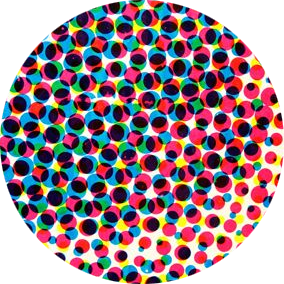Perspective and Framing in “Louis Riel”


Throughout the first three sections of the book, chronicling Riel’s unlikely rise to power and doomed efforts to lead the Métis people against the Canadian government in a war of independence that led, ultimately, to massacre, Brown uses a wide variety of perspectives. 2/8

In his final chapter, the trial of Louis Riel, Brown seemingly fixes his perspective, presenting a view of Riel that consistently frames Riel in profile in a medium long shot. The repetition of the perspective helps establish the banality of due process. 3/8

At the same time, however, the shot places the reader in a very distinct physical space within that courtroom by providing a perspective that would be identical to that of a jury member watching the defendant from the side and at a distance. 4/8

This simple choice signals the fundamental movement of the chapter, in which the reader is left to judge the righteousness of Riel’s actions. This perspective makes that clear, demanding the reader to take a side on a historical issue that is open to interpretation. 5/8

A similar effect marks the depiction of Riel’s death with a page of moment-to-moment transitions set atop the gallows. As the trapdoor is opened, Riel simply falls right off the page, aptly symbolizing the death of the subject through their erasure from the book. 6/8

The effect can be taken a step further, however, if we continue the trajectory of the comic. Turn the page and we find an epilogue on Riel’s legacy, followed by historical notes. Thus he did not fall into oblivion; he fell into history – an oddly fitting metaphor. 7/8

In all of this, Brown’s perspective operates subtly but impactfully, defining the reader’s relationship to the historical subject by embedding the reader within the world depicted and controlling their relationship to the subject of Louis Riel. 8/8
